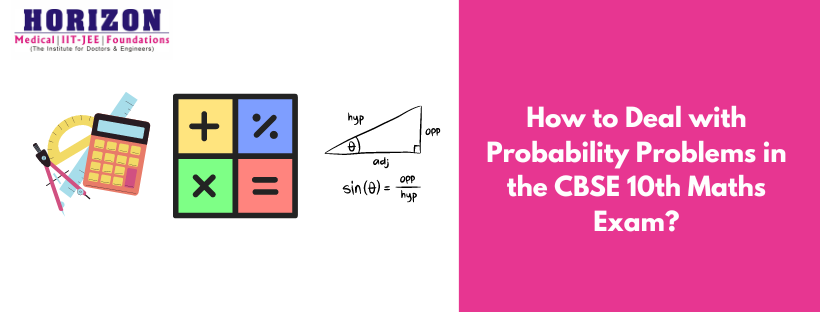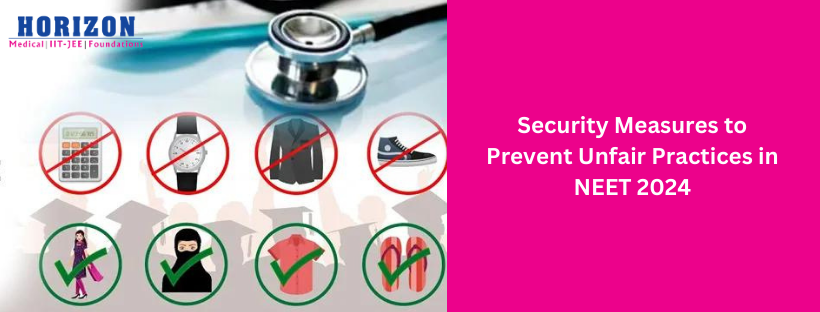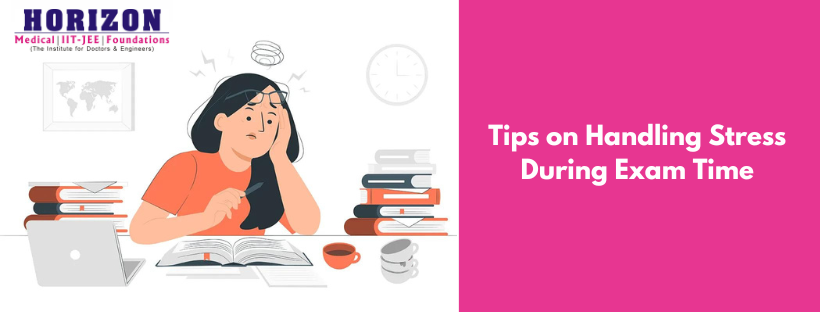How to Deal with Probability Problems in the CBSE 10th Maths Exam?
Probability is a mathematical notion that is used to measure chance and uncertainty.
It is a number that spans from 0 to 1. A value of 0 shows the impossibility of an event occurring, whereas a value of 1 indicates the certainty of an event occurring. The higher the likelihood, the more likely it is that the event will occur. Probability can also be expressed as a percentage. For instance, the outcome of a coin toss is either heads or tails. Both outcomes have an equal chance of occurring.
Consider the following assertion:
A = “There is a 10% probability of rain today.”
The Outcome of Statement A is “rain.”
A “10% probability” means that 10 out of 100 potential outcomes will be a Rainy Day, whereas the other 90 will not be.
Whether or not it rains, statement A describes an Event.
Take a look at the curriculum for a brief overview if you’re preparing for your NEET 2022, JEE Main 2022, or JEE Advanced 2022.
Choose a Horizon Academy Coaching Institute East Delhi Yamuna Vihar you to learn more about Probability.
Types of Probability
There are different types of probabilities, let’s know about each one of them a little:
Theoretical probability expresses the likelihood of an event occurring. It is the analysis of the situation of the event that is occurring. It is the number of favorable outcomes divided by possible outcomes.
Mathematically, for an event E, the theoretical probability is expressed as:
Probability of Event P(E) = No. of. Favorable outcomes/ No. of. Possible outcomes.
The frequency with which an event happens in an experiment is called Experimental Probability or empirical probability. It’s a method that focuses on real-world experiments and thorough documentation of specific events. It is the ratio of the number of times an event occurs to the total number of trials.
Mathematically, for an event E, the experimental probability is expressed as:
Probability of Event P(E) = No. of. times that event occurs/ Total number of trials
Given that the theoretical probability of an event remains constant, the experimental probability is influenced by chance and hence varies across trials. When you conduct additional trials, the experimental probability approaches the theoretical probability.
The theoretical technique tries to predict what will happen without performing the tests. In contrast, the likelihood of an occurrence is estimated using experimental probability, which is considerably more precise and is based on what has already happened.
Steps to Follow to Deal with Probability Problems in the CBSE 10th Maths Exam
To deal with probability problems in the CBSE 10th Maths exam, you can follow these steps:
- Read the problem carefully and understand the given information.
- Identify the events involved and determine the total number of possible outcomes.
- Determine the number of favorable outcomes for the event(s) in question.
- Use the appropriate probability formula to find the probability of the event(s) occurring.
- Simplify and solve the equation to find the probability.
- Check your answer to make sure it makes sense and is in the correct format.
- Practice solving a variety of probability problems to become familiar with the different types of questions that may appear on the exam.
- Use diagrams, tables, and other visual aids to help you understand and solve the problem.
- Show your work clearly and neatly so that the examiner can easily understand your thought process.
- Double-check your calculations to avoid careless mistakes.
- Remember to practice regularly and ask your teacher or tutor for help if you are unsure about any concept or formula.
Use these JEE 2022 and NEET 2022 practice tests to improve your score!
Conclusion
Horizon Academy Best JEE Coaching Institute in east Delhi Yamuna Vihar writes on Probability is all about dealing with forecasting the possibility of an occurrence. There are several circumstances in which we must anticipate the outcome of a real-world occurrence. We may be uncertain about an event’s outcome. Probability analyzes the implications of mathematical concepts and real-world phenomena. It can only estimate the possibility of an occurrence happening using it, i.e. how likely it is to occur.
The likelihood of an occurrence may be readily stated as a number between 0 and 1. In this case, 0 means that the odds of that specific incident are zero or that the event is impossible to occur. A value of 1 denotes the certainty of an incidence. If the likelihood is greater, it is more probable that the event will occur.










